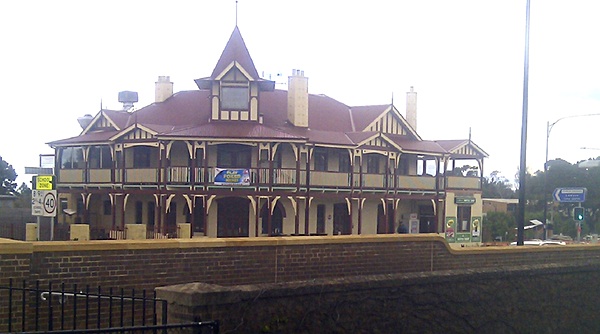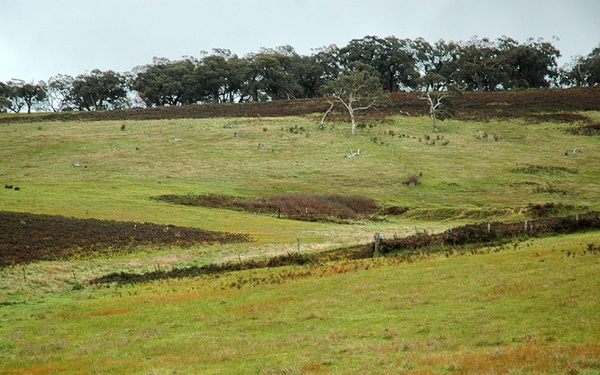
The other day I expressed my confusion over the point to LinkedIn. I now have the answer, thanks to an overwhelming number of comments. It’s a giant self-updating Rolodex. And it’s main use is recruitment — employees or freelancers finding work, or recruiters looking for staff.
That explains why it wasn’t making sense to me: I’m not in any of those categories. And when I am looking for work, well, I do media stuff. The people I’d want to contact are very public and easy to find. And I’m not wanting to “grow my business”. Fuck I hate that phrase.
That said, I can see that LinkedIn might be a useful tool for keeping track of the various people I interview for my media projects. Provided that LinkedIn allows me to add my own private notes to contacts — does it? — I’ll give it a go for a couple months and report back.
What also intrigued me is that having my comments posted on Hacker News led to a 2300% spike in traffic overnight — as well as a few people pimping their own internet start-ups. A different culture. Personally, I find the idea of drive-by commenting on a stranger’s website to promote your business to be… tasteless.
I agree with several people’s point that as a social network there isn’t much social in LinkedIn. People only checked back infrequently — such as when they were looking for jobs. I can see that LinkedIn is trying to encourage you to use the site more often, what with groups and stuff, but I got the feeling that this isn’t the way most people use the site. Am I right there?
Finally, as one person put it on Twitter, LinkedIn seems most useful for people who use “network” as a verb. Harsh, but fair.
[Update 30 March 2011: I’ve received a briefing session on LinkedIn, which I’ve now written about in Getting to grips with LinkedIn. I’ll close comments here and you can continue the conversation over there.]
![]()



